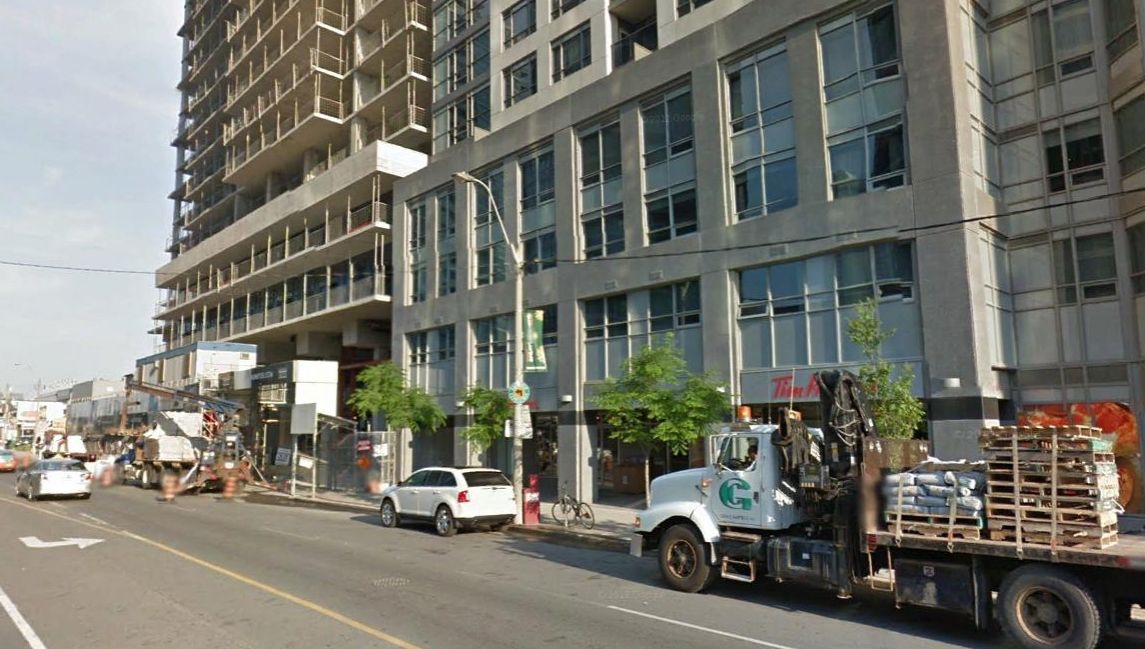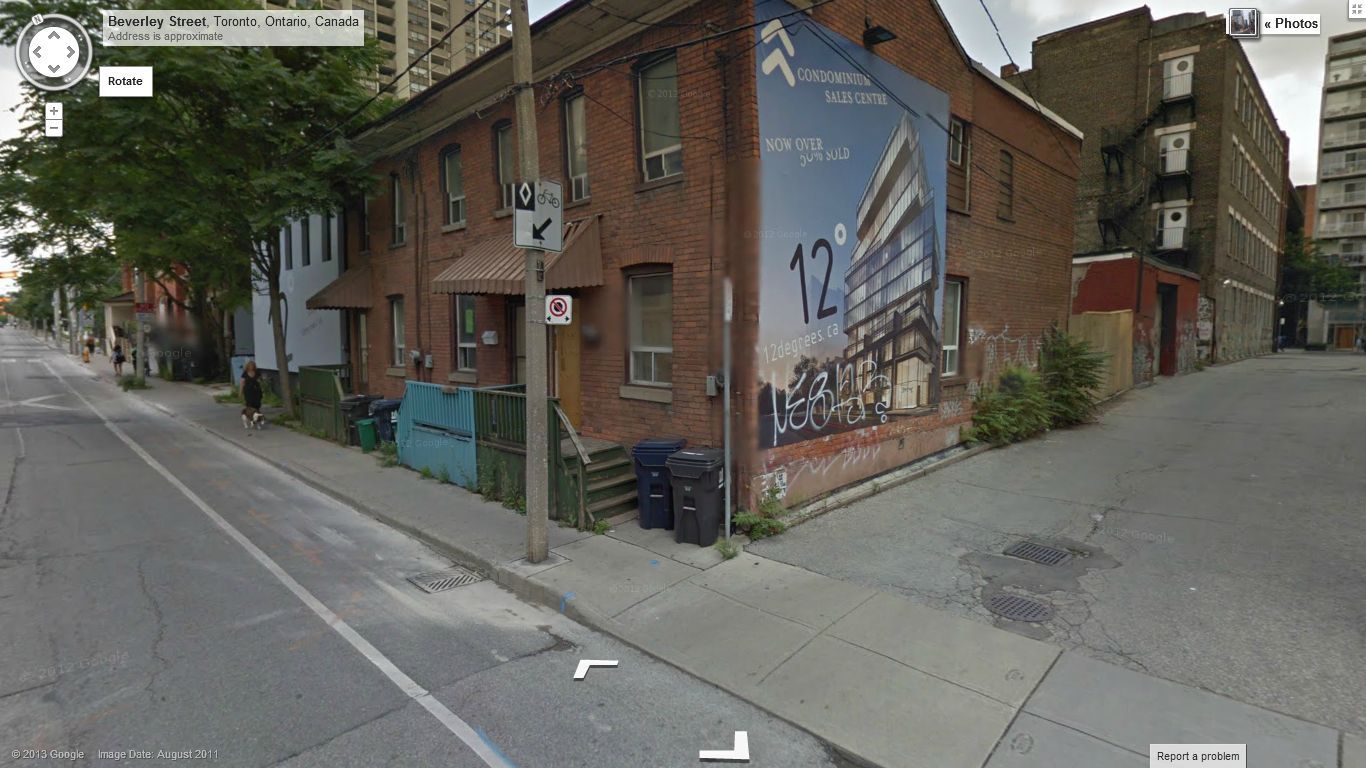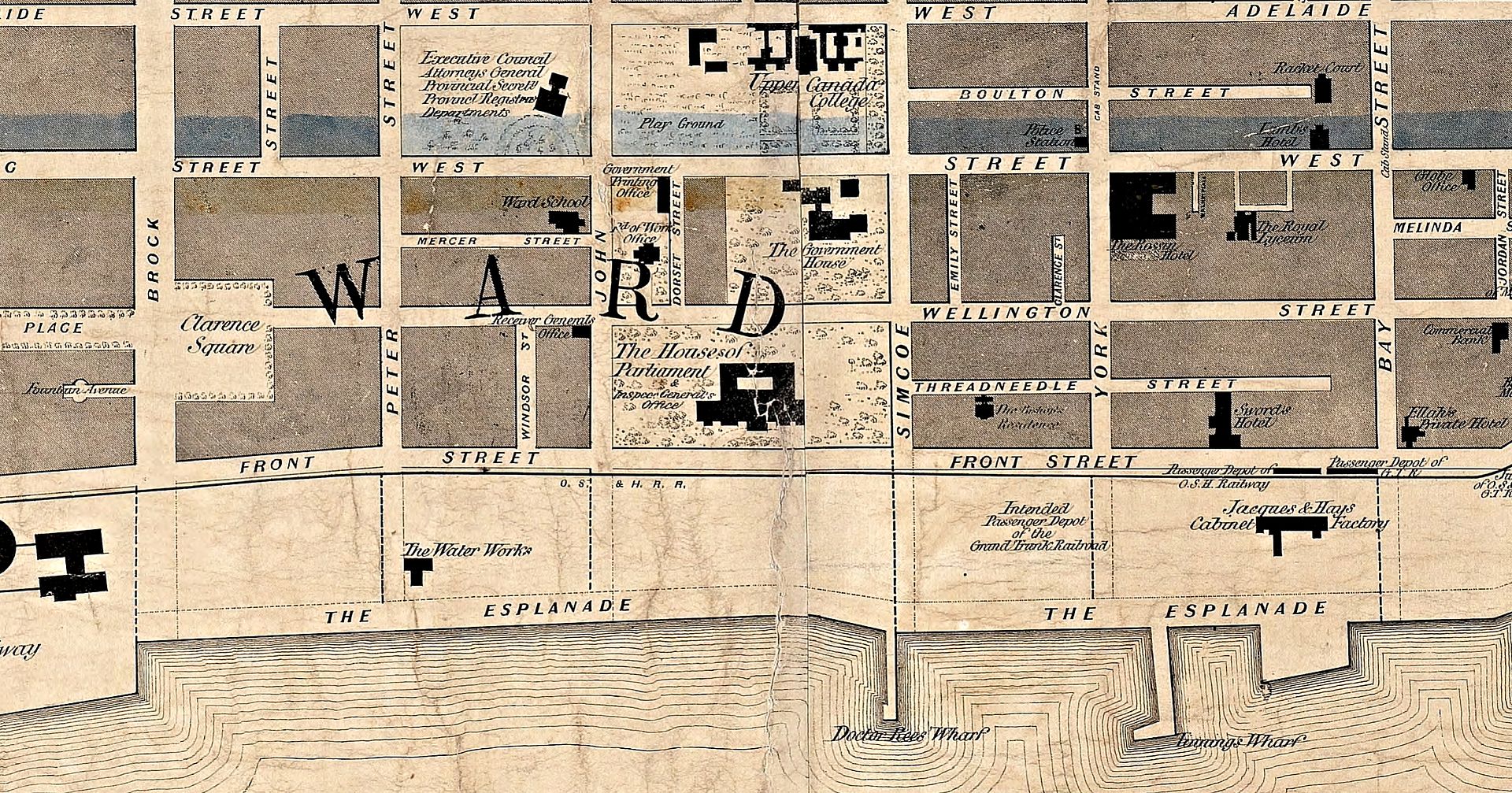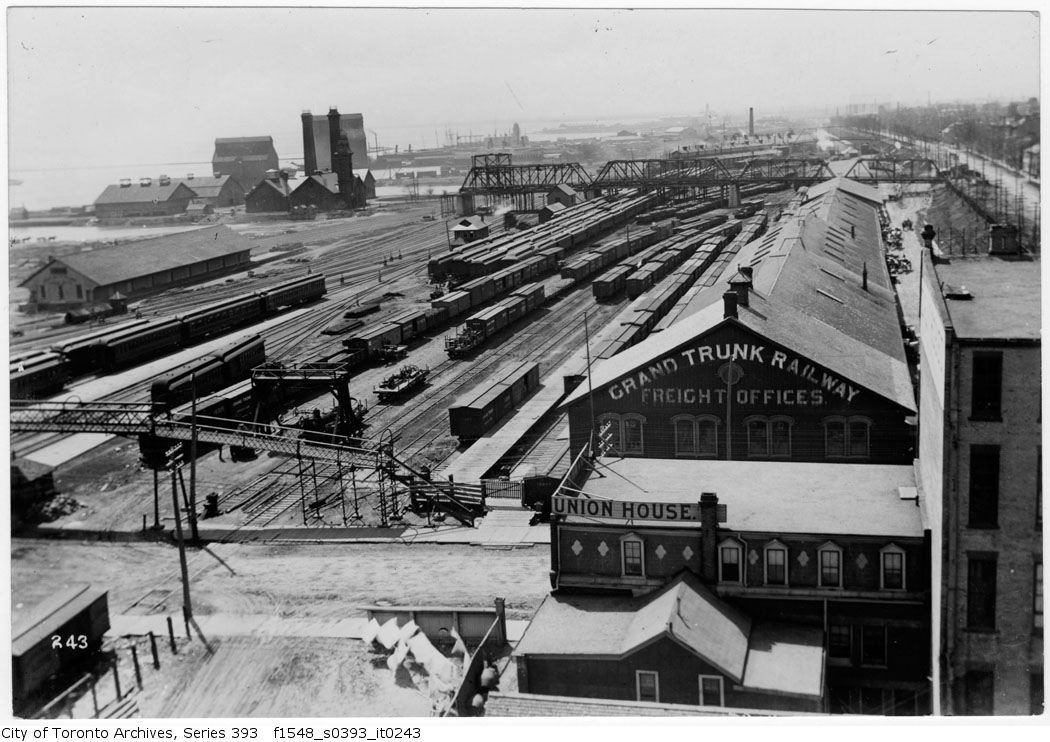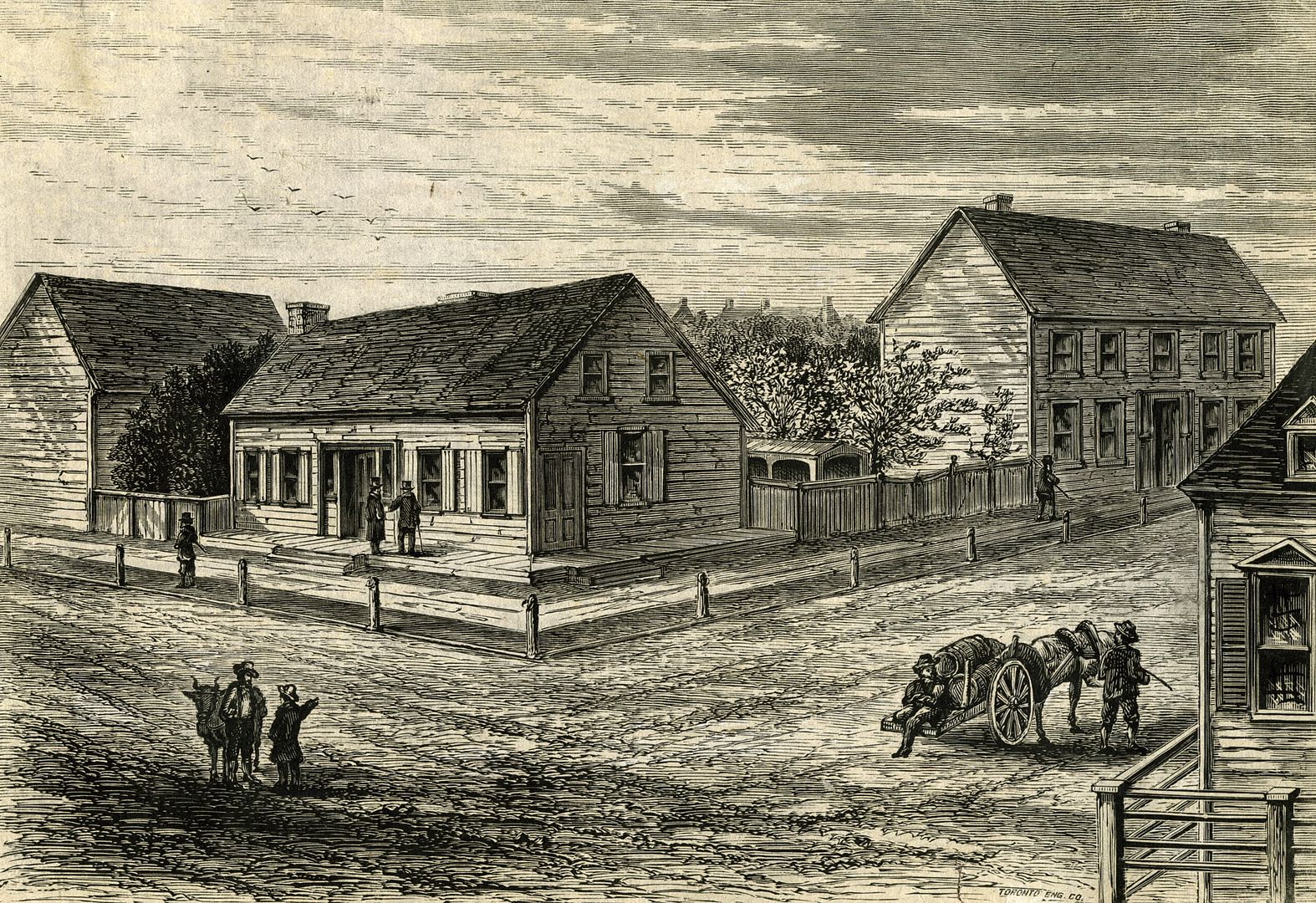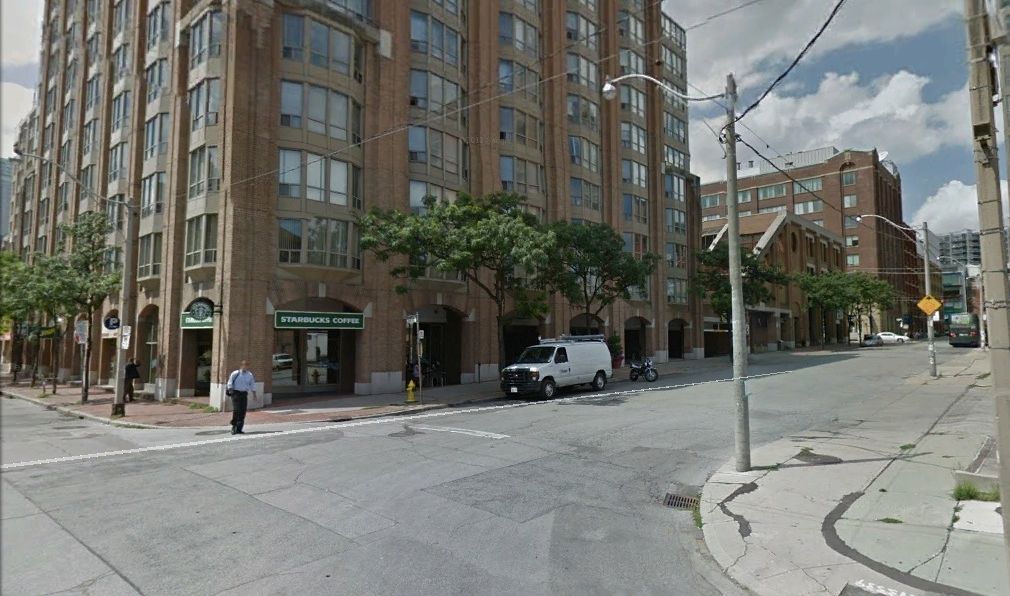Mustapha
Senior Member
Then and Now.
100 Bloor W. University Theatre interior. The lobby actually. c1948.

Now. Pottery Barn store. A wall behind me prevents me from backing up any more to get a similar picture. A wider lens might have done the trick but I didn't have one on me; this was a spur-of-the-moment Then and Now.

As for the the Now view - we are looking at a re-creation of part of the interior. The original interior did not survive the demolition.
100 Bloor W. University Theatre interior. The lobby actually. c1948.

Now. Pottery Barn store. A wall behind me prevents me from backing up any more to get a similar picture. A wider lens might have done the trick but I didn't have one on me; this was a spur-of-the-moment Then and Now.

As for the the Now view - we are looking at a re-creation of part of the interior. The original interior did not survive the demolition.










